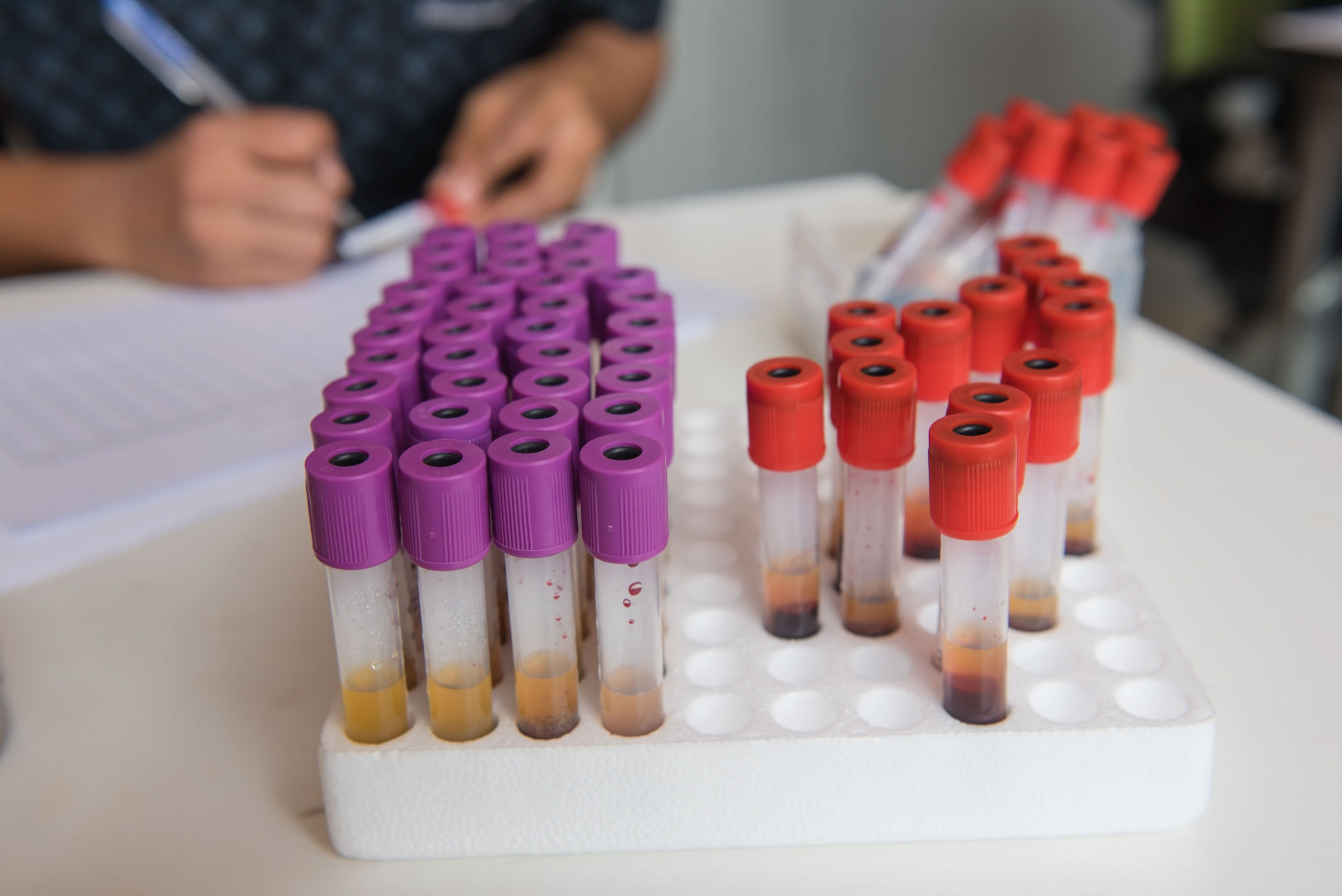ALS Biomarkers Not Useful in Assessing Neurodegeneration in SMA Type 3 Patients Receiving Spinraza, Study Suggests

The levels of neurofilament heavy chain and tau — two proteins commonly used as biomarkers of nerve cell degeneration in several neurodegenerative disorders — may not be useful as biomarkers to evaluate neurodegeneration during the initial stages of treatment with Spinraza in people with spinal muscular atrophy (SMA) type 3.
These findings were reported in a study, “Neurofilament Heavy Chain and Tau Protein Are Not Elevated in Cerebrospinal Fluid of Adult Patients with Spinal Muscular Atrophy during Loading with Nusinersen,” which was published in the International Journal of Molecular Sciences.
Spinraza (nusinersen), marketed by Biogen, became the first disease-modifying treatment to be approved by the U.S. Food and Drug Administration for the different forms of SMA in December 2016. The European Medicines Agency approved Spinraza for the same indications in the E.U. in June 2017.
The medication works by increasing the production of the SMN protein by the SMN2 gene (a gene similar to SMN1) which is usually unaffected in people with SMA. Because it cannot cross the blood-brain barrier — a highly selective, semipermeable membrane that isolates the brain from the blood circulating in the body — Spinraza is given by an injection directly into the spinal canal.
“Treatment with nusinersen involves a fixed dosing regimen based on trials in infants and children with SMA type 1 or 2 and does not consider the clinical course of SMA, the progression rate of disease, or laboratory findings,” the researchers wrote.
In other neurodegenerative disorders, such as amyotrophic lateral sclerosis (ALS), several biomarkers of nerve cell degeneration are currently used to diagnose and evaluate treatment effects.
Although the phosphorylated neurofilament heavy subunit (pNF-H) — a key component of motor nerve cells — is currently being investigated as a potential biomarker of neurodegeneration in SMA, no established indicators are currently available to evaluate neurodegeneration in people living with SMA.
In this study, researchers from the University Hospital Essen in Germany set out to investigate the usefulness of several ALS biomarkers of neurodegeneration, including neurofilament heavy chain, tau protein, S100B protein, and neuron-specific enolase, in people with adult-onset SMA type 3 receiving Spinraza.
To that end, they collected blood and cerebrospinal fluid (CSF) samples from the first 11 adults with SMA type 3 treated with Spinraza in Germany. CSF is the the liquid that circulates in the brain and spinal cord.
The levels of all biomarkers were measured at four different times, before patients received each of their first four doses of Spinraza.
Analyses revealed that none of the biomarkers varied significantly in terms of total levels, neither before patients received their first dose of Spinraza, nor during the initial phases of treatment.
Although the levels of neuron-specific enolase in the blood and CSF were slightly increased in some of the patients, no significant changes were found during treatment with Spinraza.
These observations may be due to the fact that SMA type 3 progresses at a slower pace than ALS and for that reason, it may not trigger significant changes in the levels of any of these biomarkers, according to the authors.
Although these findings indicate that none of these ALS biomarkers seems useful to evaluate nerve cell degeneration in patients with SMA type 3 receiving Spinraza, investigators noted these results should be confirmed in future studies that enroll a larger group of patients.
“We propose that unbiased proteome [all proteins found in a cell] studies and identification of neuroinflammatory markers or markers of synaptogenesis [formation of synapses that allow nerve cells to communicate] may prove more useful,” they wrote.






